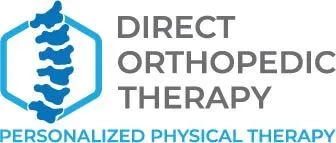Dry needling is a physical therapy technique that uses fine filament/acupuncture needles to target muscle knots, also known as trigger points. These knots can cause pain and stiffness in muscles.
Trigger-point dry needling can help relieve pain and enhance muscle function and performance. Physical therapists may include it in a treatment plan that includes manual therapy, exercises, or postural changes to address any underlying causes of discomfort.
Upper Trapezius
The upper trapezius muscle is a large muscle that crosses over the shoulders and helps elevate, extend, tilt, and rotate the neck. It is essential for moving arms and head while working, playing, or sleeping.
However, the upper trapezius muscles can also create painful trigger points that radiate pain to other parts of the body—this is known as myofascial pain.
Muscle atrophy can be caused by several factors, including repetitive low-level muscle contractions, strain, direct trauma to muscles, vitamin deficiencies, and stress.
If you are experiencing a headache that originates in the upper trapezius region, dry needling can help relieve it. This technique targets tight bands of muscle fibers known as myofascial trigger points (MTrPs).
Suboccipital Muscles
Headaches often originate from a group of muscles at the base of your skull, known as suboccipital muscles. When these become tense, you may experience pain in both the back of your head and behind your eyes.
These muscles form a triangle at the back of your neck, directly below the base of your skull, and connect to the first two vertebrae in your cervical spine. This triangle contains your rectus capitis posterior major, minor, and inferior muscles, as well as the dorsal ramus of the suboccipital nerve.
When these muscles become tense, you may experience a tension headache that feels like it wraps around your head and makes it difficult to turn your head to either side. This type of headache is commonly referred to as a “ghost headache” and can be extremely painful.
Dry needling can be an effective treatment for knotted muscles and can reduce pain quickly. To determine if you’re eligible, your provider will perform a physical exam and ask you questions about your discomfort.
Sternomastoid Muscle
The Sternomastoid Muscle (SCM) is one of the cervical spine’s largest and most superficial muscles. It flexes and rotates the head and acts as an accessory muscle of inspiration. The SCM travels obliquely across one side of the neck before inserting at its target: the mastoid process of the temporal bone.
The SCM is thick and narrow in the center but broader and thinner at either end of the neck. It is a substantial muscle that can cause pain throughout the neck, shoulders, upper back, and arms when tight or restricted.
Dry needling of the SCM can be effective in treating cervicogenic headaches, particularly when combined with joint manipulation. Furthermore, dry needling of the SCM has been known to improve self-reported pain and disability among subjects suffering from CGH.
Trigger Points
Dry needling is a treatment in which a doctor uses a thin needle to penetrate into muscles and trigger points (TrPs), knotted areas that may cause headaches.
Trigger points often form in muscles when restricted blood flow and metabolic wastes aren’t exchanged for oxygen and nutrients. Over time, this can lead to chronic pain in these areas.
Referred pain can also spread to other body parts, such as your head. This referred discomfort may lead to migraines or tension-type headaches.
Treatment of myofascial trigger points includes trigger point release massage. This technique targets the specific muscle with a trigger point and uses periods of pressure to loosen it from its knot.
If you’re experiencing pain related to muscle knots and need professional help, don’t hesitate to contact us at Direct Orthopedic Therapy. Our team of specialists can provide the best treatment options for your needs, including back pain and sciatica relief.



